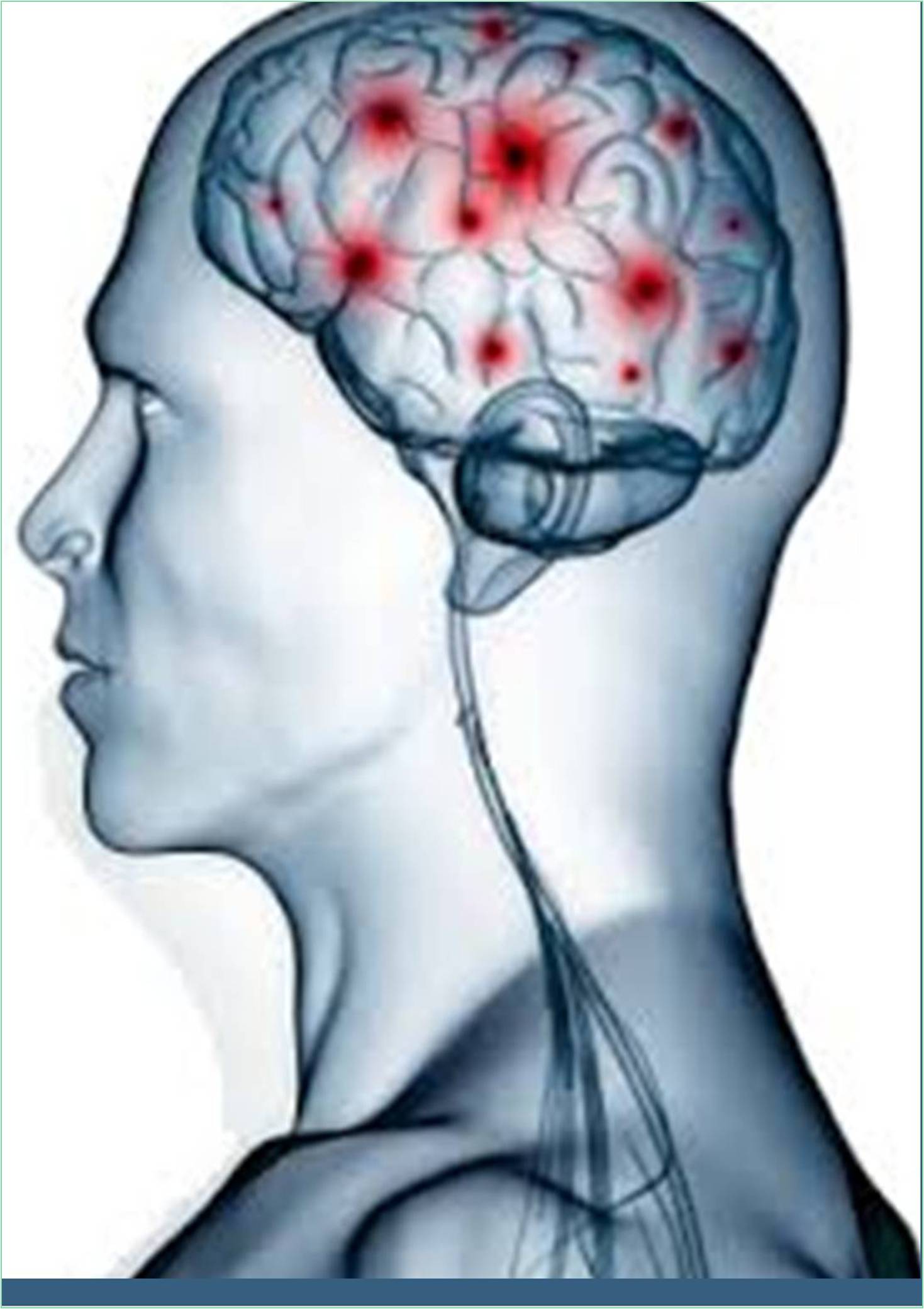



Received: 01-Jul-2022, Manuscript No. GJNN-22-73062; Editor assigned: 04-Jul-2022, Pre QC No. GJNN-22-73062 (PQ); Reviewed: 18-Jul-2022, QC No. GJNN-22-73062; Revised: 25-Jul-2022, Manuscript No. GJNN-22-73062 (R); Published: 02-Aug-2022, DOI: 10.15651/2449-1942.22.10.010
Recurrent headache attacks are typically unilateral and occasionally accompanied by sensory or visual symptoms, collectively known as an aura, that most often appear before the headache but may also occur during or after, characterize migraine, a complex disorder. The genetic predisposition to migraine is greatest in women.
Signs and Symptoms
• Throbbing Headache orp ulsatile in nature and ranges in intensity from moderate to severe.
• Front temporal and ocular pain that is unilateral and localised, but that can be felt anywhere in the head or neck.
• Over the course of one to two hours, pain increases, moves posteriorly, and diffuses.
• A headache can last 4–72 hours.
• nausea (80%) and vomiting (50%) along with Dizzy, anorexia, and food intolerance
• A sensitivity to sound and light
A migraine aura has the following characteristics:
• May come before or after the headache phase, or it might just happen by itself.
• Typically takes 5 to 20 minutes to develop and lasts less than 60 minutes.
• The most frequent being visual, though it can also be sensory, motor, or any combination of these
• Positive or negative symptoms can be seen visually.
The scintillating scotoma, an arc or band of absent vision with a shimmering or glittering zigzag border, is the most prevalent positive visual phenomenon.
The following physical findings may be present during a migraine headache:
• Cervical and cranial muscles are tender.
• Horner's disease (ie, relative miosis with 1–2 mm of ptosis on the same side as the headache)
• Injecting conjunctiva
• Both bradycardia and tachycardia
• Either high or low blood pressure
• Neurologic deficits that are hemiparetic or hemisensory (ie, complicated migraine)
• Adie-type student (ie, poor light reactivity, with near dissociation from light)
Diagnosis
The patient's medical history is used to help in a migraine diagnosis. Patients must have experienced at least 5 headache attacks lasting between 4 and 72 hours (either untreated or unsuccessfully treated), and At least two of the following elements must apply to the headaches:
• Unpredictable location
• Pulsating nature
• Moderate to severe levels of pain
• Aggravation brought on by or contributing to avoiding regular physical activity (eg, walking or climbing stairs)
• Additionally, the patient had to experience at least 1 of the following during the headache:
• Vomiting and/or nauseous
• Photographic and audio phobias
Migraine is categorized as follows:
• Headaches without an aura (formerly, common migraine)
• Likely migraine without a halo
• Auratic migraine (formerly, classic migraine)
• Aura suggestive of migraine
• Persistent migraine
• Overuse of analgesics and chronic migraine
• Periodic syndromes in children that aren't necessarily precursors to or related to migraine
• Migraine complication
• Migraine disorder not meeting the aforementioned requirements
Migraine variants include the following:
• Periodic syndromes in children
• Migrainous companions in old age
• A brainstem aura with a migraine
• Migraine in hemiparesis
• Migraine status
• Retinal headache
Focal neurologic findings, such as the following, that occur along with the headache and last momentarily after the pain goes away, may indicate a migraine variant:
• Unilateral weakness or paralysis-migraine with hemiplegia
• Ataxia, vertigo, and dysarthria with a brainstem aura from a migraine